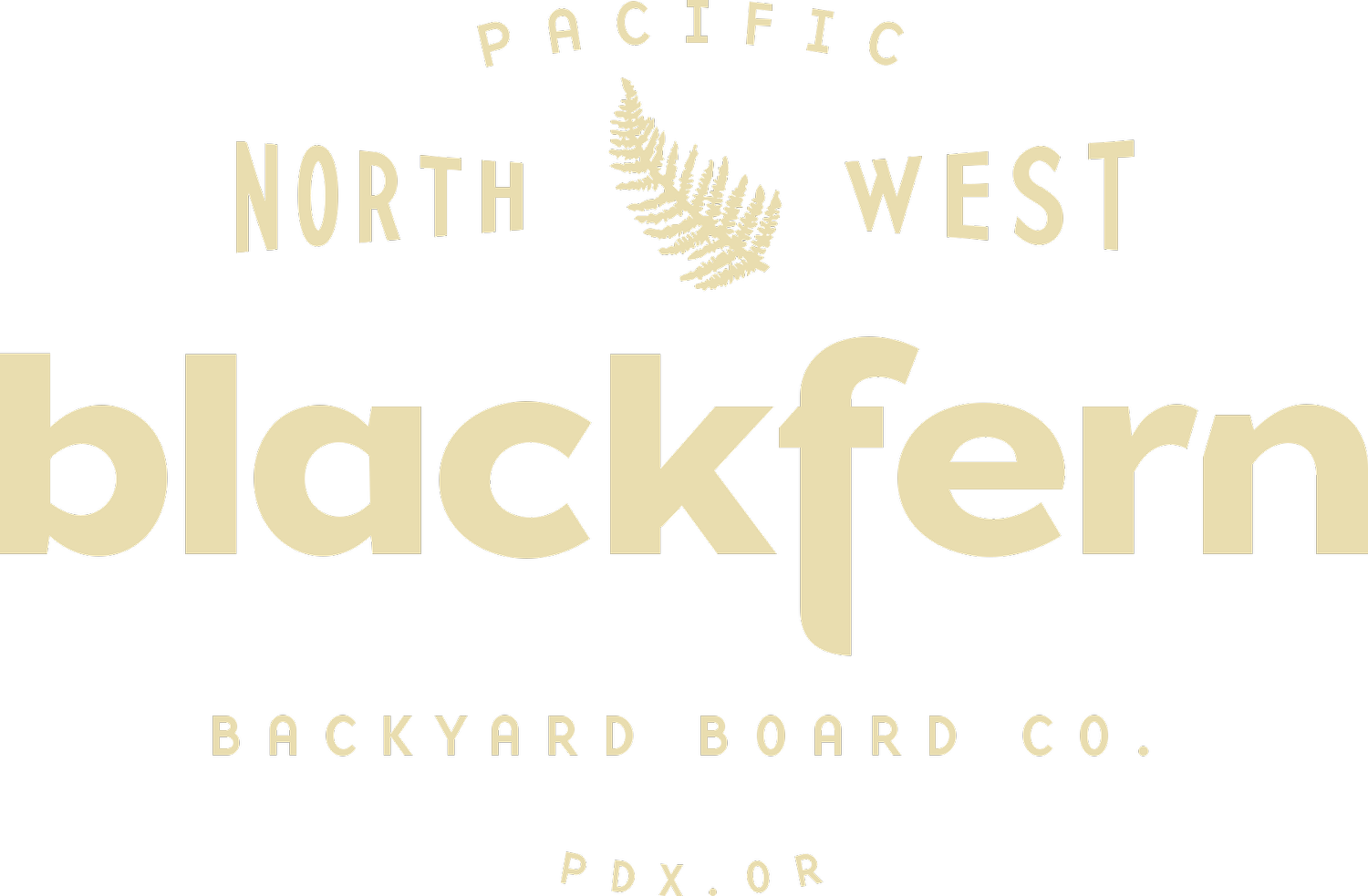So you’ve become addicted to the joys of surfing. You’ve got a funboard but your skills have progressed to a sufficient degree as to warrant the purchase of a second board. Alas, the options you encounter as you decide which new sled to shred are seemingly boundless. Here are some questions to ask yourself as you consider your way to a second board.
1) What kind of surfing do I most relate to?
Do you like the graceful glide and board dancing style of a seasoned longboarder? Or do the off-the-lip, top-to-bottom, aggressive lines of a skilled shortboarder appeal to you? Perhaps you prefer more of a skatey, flowing style with smooth continuous lines that can be drawn with a fish or a single fin?
Bottom line: it’s helpful to know where you’d like to end up with your surfing in order to decide how to choose your second board. You can eventually master them all but it’s smart to focus on what style you’ll strive to emulate as you build your skills.
2) Specialist vs Generalist
Surfboard design is a world of trade-offs; nose-riding focused longboards are cumbersome to turn and more difficult to establish trim with. Performance shortboards are amazingly maneuverable but make catching waves very tricky and critical. While there are many specialized boards that are capable of providing for amazing surfing sensations, the general rule is this: The more specialized the craft, the more skill is required to make up for the other elements the board design has neglected. For this reason, a more generalist shape is preferable for a second board. This might include “alternative” shapes such as fish, single fins, discs, eggs, etc. These generalist boards are great for building out your quiver. They’ll help you continue to develop your skills and, even if you end up progressing to a “specialist” board in the future, they will be perfectly suited for days when surf conditions are mediocre. Things to look for with a generalist board are: wider outline, wider nose/ tail, fuller rails, and moderate rocker.
3) Volume *For the short(er) board minded folk only*
Volume is yet another design variable that has trade-offs. More foam helps keep your craft easy to paddle and makes catching waves easier. However, when you see lines of white water out the back, that volume is going to make your board a real chore to duck dive. Duck diving is a massive benefit to shortboarding- being able to escape a wave’s energy by sneaking below the water’s surface is incredibly helpful to increasing your wave count and conserving energy. Because it is a skill you need to work towards mastering, volume is something you should consider when purchasing your new board. There are countless volume calculators out there on different surfboard manufacturer websites all of which might help inform you about a suitable amount of float for your body type. However, being overly analytical isn’t particularly helpful with your “generalist” second board. A general guideline to follow would be to select a board that is 0-6 inches taller than you are and 20-21.5 inches wide. Thicknesses should reflect your overall heft- thicker people should ride thicker boards and vice versa.
4) Final thoughts: the transition
Paddling out on a fresh piece of foam is a sensation-tingling experience. At this early stage in your surfing career, you’ve only caught waves on, let alone paddled out on, a few different boards. Just like every aspect of surfing, board transitions are difficult. They require patience and perseverance but you will be surprised how quickly you can transfer your skills from one craft to another. Go forth and shred!






